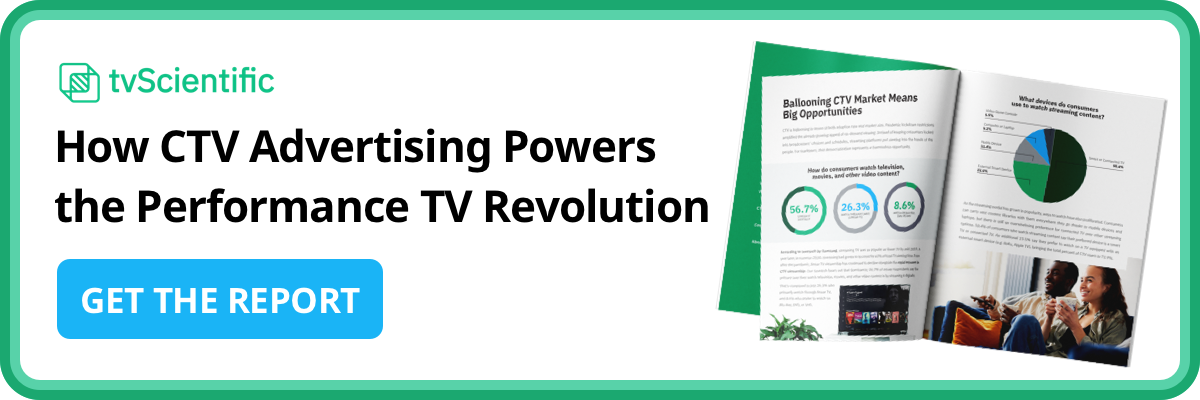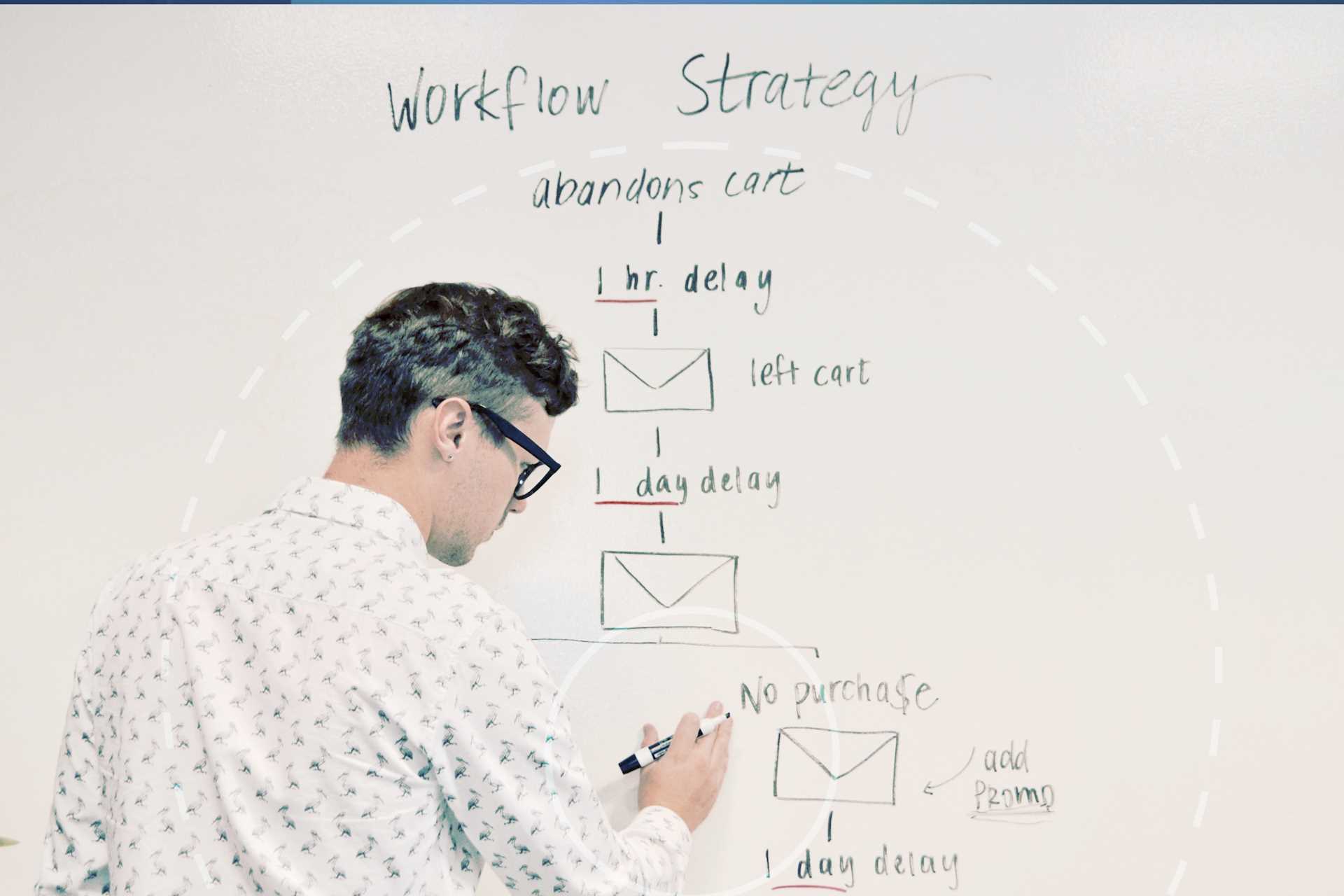Learn how to effectively drive demand from awareness through interest to conversion with this top-to-bottom guide to the demand generation funnel.
The B2B demand generation funnel uses a holistic view of marketing to bring in better-qualified leads and increase sales
As marketing has evolved, so too have its tools. Another evolution is currently underway, and it’s tied to the increasing saturation of the B2B market. Research shows B2B buyers spend only 17% of their buying time meeting with suppliers. They spend much more time researching independently (45%), and they'd prefer not to talk to the sales team until they can’t avoid it. So how do we transform them from prospects to leads and then from leads to customers? By providing significant value long before the sales process begins using the demand generation funnel.
Full-funnel demand generation takes a holistic view of the buyer's journey, gently guiding them past signposts and through gates, sorting out bad leads and nurturing good ones. Each stage of the funnel feeds smoothly into the next, making it friction-free to turn prospects, to leads, to customers. Here’s how to make it work for your business.
Jump to a section…
Top of the Demand Generation Funnel: Building Awareness
Middle of the Demand Generation Funnel: ID’ing Interest, Feeding Research
Bottom of the Demand Generation Funnel: Earning Commitments, Making Sales
Discover strategies, metrics, examples and more with The Complete Guide to Demand Generation.
Top of the Demand Generation Funnel: Building Awareness
At the top of the demand generation funnel, your aim is to ensure everyone who could need your product knows it exists. Selling to them isn’t the point; for now, it’s enough that they’re familiar with your brand and see you as a reputable business. If your top-of-funnel (TOFU) works as intended, you’ll see a stream of prospects engaging with your brand in small, but meaningful ways.
Strategies
There are plenty of ways to get businesses into your TOFU, but the work often begins by identifying your target audience. Inspect your past customers and leads for key information. In what industry do they work? What are their job titles? What are their ages, locations, interests, and so on? The better you understand your target audiences, the more effectively you can market to them. You’ll know what tools they use, how they use them, what goals they have, and what problems of theirs you need to solve in your marketing efforts.
Next, you’ll kick those marketing efforts into gear with awareness advertising. Placing your brand in the right place at the right time ensures prospects who see it have you top-of-mind when they need what you offer. You’ll need targeting tools, insightful performance metrics, and real-time feedback to fine-tune your efforts. One solution? Connected TV (CTV). CTV combines the performance and data transparency of mobile marketing with the reach of TV. That’s made it a rising star in performance marketing and a cost-effective path toward brand awareness. To learn more, read our free guide on how CTV can fuel business growth.
Publishing content can also help you bring prospects to the top of your demand generation funnel. Not only does it allow you to craft the narrative around your brand, product, and industry, but it lets you demonstrate authority in your field. Potential customers may have general questions about your field. Answering them with high-quality content — blog posts, social media posts, and short-form videos, for example — will increase their knowledge base about the industry, and when they decide it’s time to learn more, your brand will be the first one they think of. At the same time, this content gives customers who aren’t a great fit the opportunity to decide your business isn’t for them. When a prospect that’s interacted with your top-of-funnel efforts decides it’s time to take the next step, these materials will also provide a path to the next section of the funnel.
Key Metrics
Although top-of-funnel efforts lead to success later on, taking readings at the top can provide a more minute look at how they’re performing. Traditional marketing focused purely on the number of leads generated, but taking such a broad approach leads to low-quality leads that demonstrate little return on investment. Reaching a huge number of potential customers isn’t very useful if a tiny fraction convert.
To ensure your marketing is reaching the right people, consider the number of marketing qualified leads (MQLs) you’re generating. The marketing team marks these leads as the ones most likely to become customers, and the more you have, the better you're targeting the right audiences. Breaking your marketing efforts out by program can help you determine which strategies have the greatest impact. To measure cost-effectiveness, divide the amount spent on marketing by the number of leads generated to come to a cost per MQL.
Middle of the Demand Generation Funnel: ID’ing Interest, Feeding Research
In the middle of the funnel (MOFU), a prospect becomes a lead. They’ve shown interest in your offerings, maybe through multiple site visits or sharing your content on social media. These leads have a much better chance of converting. But there’s still some track to run before sales picks up the baton.
Strategies
One key to marketing efficiency: lead scoring. Not all leads are created equal; thus, not all demand the same attention. Scoring your leads based on conversion likelihood better positions you to distribute marketing resources. Less waste on poor leads, more attention on great leads. Devising a lead scoring formula means collaborating with the sales team before launching a strategy and incorporating company goals and past sales as data. You can continue to iterate on the formula by examining each month’s best leads, analyzing their paths to purchase, and talking to MQLs that failed to convert to find out why they ended their journey where they did.
Of course, scoring your leads alone isn’t enough to move them down the pipeline. You also need to nurture those leads. How? Cookies and customer relationship management (CRM) software can help you track the buyer’s journey on your site. Automated marketing emails can give them easy access to more information. It can also provide social proof, such as customer reviews, industry awards, and case studies that show your solution in action at a business that’s — wouldn’t you know it — just like theirs.
Key Metrics
By the time leads glide through your MOFU, they’ve graduated from marketing qualified to sales qualified. To determine the health of your mid-funnel efforts, you can compare your MQL totals to the number of sales qualified leads you bring in. The two will never perfectly align — and that’s good, not every business is the right fit for your product — but closing the gap will help you shore up holes in your mid-funnel marketing. You can also inspect your cost per SQL for a sense of cost-efficiency.
Bottom of the Demand Generation Funnel: Earning Commitments, Making Sales
At the bottom of the demand generation funnel (BOFU), we turn that demand into conversions. By the time a lead reaches the bottom of the funnel, they’re looking for the last little detail that will get them over the hump. As a result, the strategies we employ here are closely tied to sales.
Strategies
The deeper into the demand generation funnel a lead wades, the more they’re looking for your solution to meet their specific needs. Not the needs of businesses like them, but them. That’s where personalized offerings such as demos and free trials come into play. These approaches allow you to speak directly to the quirks of one lead at a time, centering your value proposition and the return on investment (ROI) you could deliver. Your solution is uniquely suited to this customer. Now is your chance to show it.
The bottom of the B2B demand generation funnel presents another opportunity for marketing and sales to come together. Constant, open communication between the marketing and sales teams will empower sales with knowledge of what the customer needs to see to close the deal.
Key Metrics
To evaluate BOFU efforts in isolation, you’ll want to compare the total number of sales you make against the total number of MQLs and SQLs you bring in. What proportion of your leads turn into sales?
The bottom of the funnel also presents a chance to take a holistic view of your funnel’s effectiveness. There are at least three metrics you’ll want to inspect here. The first is cost per acquisition (CPA), which is the total cash you put into acquiring each customer, on average. This provides a window into overall strategy efficiency. Second, consider customer lifetime value (LTV), which you can calculate by multiplying average customer value by the length of your relationship with the average customer. Understanding the revenue value of each customer and comparing it to your CPA gives you a bottom-line look at your marketing’s efficiency.
Finally, examine your marketing cycle length — the time between first contact with a potential customer and their first purchase. This makes it easier to create accurate revenue projections and helps identify opportunities to streamline the demand gen journey.
How tvScientific Can Help
The demand generation funnel offers a potent framework for marketing, but it requires the right tools and the right execution to reach peak efficacy. That’s where performance marketing channels such as CTV can help. tvScientific’s sophisticated CTV advertising platform provides unparalleled audience insight, precision targeting, and real-time feedback powering nimble campaign pivots. Ready to learn more? Get in touch today.







